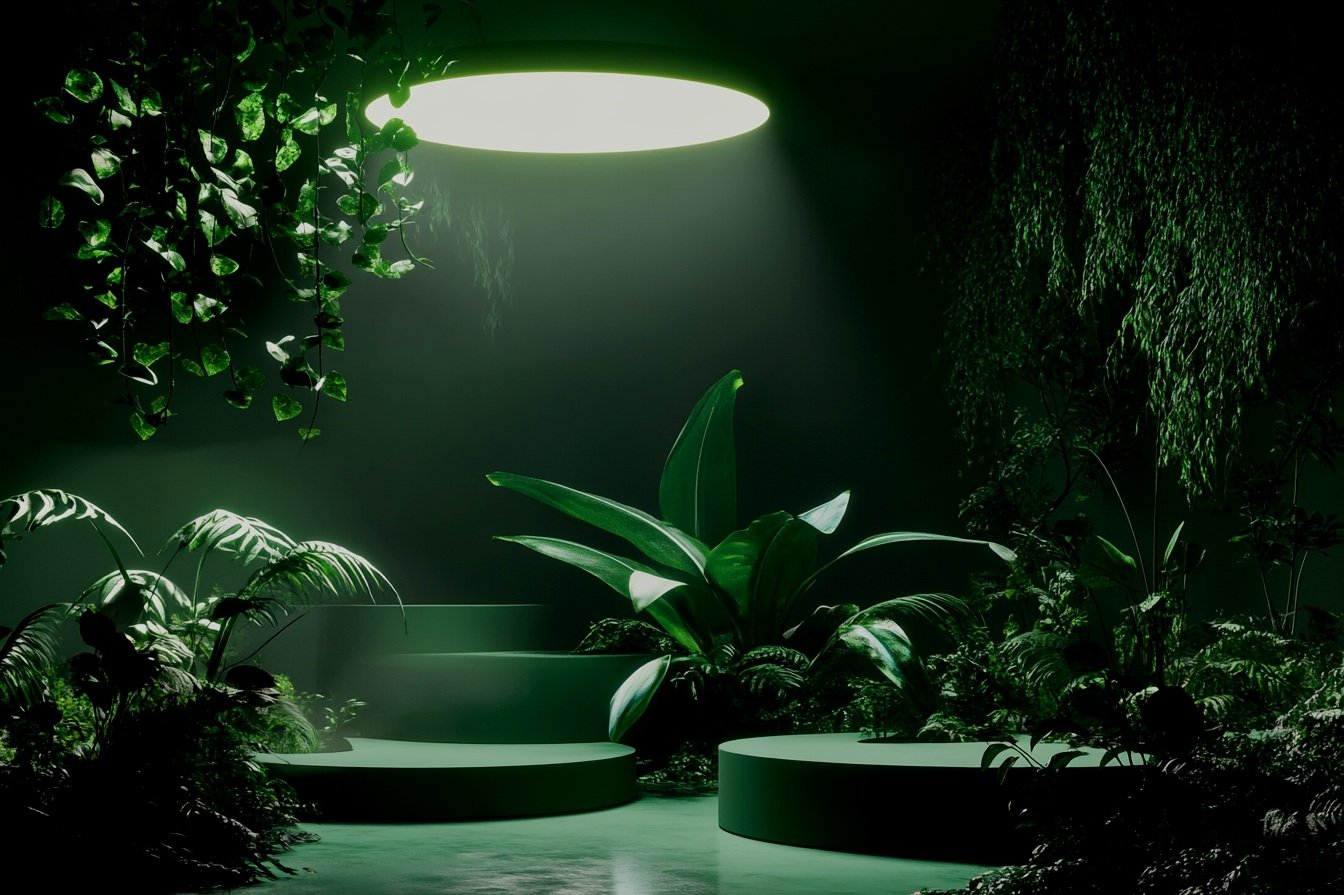
Biodesigning the Future of Regenerative Medicine
& Longevity Skincare
Next-gen recombinant protein & peptide bioproduction
Core Biogenesis uses plants as biofactories to scale the production of high-value recombinant proteins for the Life Science industry & the Beauty & Wellness industry.
Our proprietary platform technology allows for precise targeting of peptides & proteins to our plant’s oleosomes, which improves protein’s stability.

By unlocking a new paradigm in bioproduction, we are helping build a more sustainable future.


